Himart - Eunpyeong Branch [Tax Refund Shop] (하이마트 은평점)
9.7Km 2024-04-22
148, Eunpyeong-ro, Eunpyeong-gu, Seoul
-
Olive Young - Geumho Branch [Tax Refund Shop] (올리브영 금호)
9.7Km 2024-04-18
302, Dokseodang-ro, Seongdong-gu, Seoul
-
Banyan Tree Club & Spa Seoul (반얀트리 클럽 앤 스파 서울)
9.7Km 2021-06-22
60, Jangchungdan-ro, Jung-gu, Seoul
+82-2-2250-8000
Banyan Tree Club & Spa Seoul is a membership club & hotel operated by Banyan Tree Hotel & Resort, Singapore’s top resort brand. The new urban resort is a place where visitors can enjoy quality spa services while taking in a panoramic view.
Located on Namsan Mountain in the center of Seoul, Banyan Tree Club & Spa Seoul consists of three buildings: the Club, the Hotel and the Festa. Facilities include an outdoor sports center and other luxurious amenities like an outdoor pool, 23 cabanas, a sauna, fitness center, driving range, tennis court, outdoor playing field, spa, and kids’ club. The hotel houses 34 suites with private relaxation pools, and 16 members-only club rooms. The two Presidential Suites located on the top floor offer a fantastic night view of Seoul and Namsan Mountain.
CheongKwanJang - Eungam Branch [Tax Refund Shop] (정관장 응암)
9.7Km 2024-04-23
142, Eunpyeong-ro, Eunpyeong-gu, Seoul
-
Cheolgil Tteokbokki (철길떡볶이)
9.7Km 2024-03-18
35-6 Chungjeong-ro, Seodaemun-gu, Seoul
Cheolgil Tteokbokki is a famous pilgrimage site for tteokbokki lovers. As the name suggests, it is located next to the railroad (“cheolgil” in Korean) near Chungjeongno Station. There is a wide variety of Korean dishes available, from tteokbokki that will bring back childhood memories to gimbap, deep-fried dishes, and sundae. As the name suggests, it is located next to the railroad near Chungjeongno Station. The restaurant has been in operation for two generations while maintaining its original appearance. The old signboard and exterior have a nostalgic feeling. Unlike tteokbokki in soup, which is currently popular, this tteokbokki with chewy rice cakes is coated well with thick spicy sauce. It's very delicious when mixed with the restaurant’s deep-fried foods. Visitors are recommended to take the seat outdoors to enjoy the view of the railroad tracks while eating.
The Picker (더피커)
9.8Km 2024-01-05
9 Wangsimni-ro 14-gil, Seongdong-gu, Seoul
The Picker is Korea's first zero-waste shop that opened in 2016, and has a sophisticated and comfortable atmosphere. The shop is filled with eco-friendly bathroom products, gardening products, kitchen products, stationery, and more. It is fun to look around as it has many products essential to everyday life made from very environmentally friendly materials such as bamboo toothbrushes, solid perfume, shampoo bars, plastic-free corn floss, natural surfactants like soapnut fruits, and glass and silicone straws.
East Nine Royal Tombs [UNESCO World Heritage] (구리 동구릉 [유네스코 세계문화유산])
9.8Km 2024-03-20
197 Donggureung-ro, Guri-si, Gyeonggi-do
+82-31-563-2909
The East Nine Royal Tombs, situated on the eastern outskirts of Hanyang (the Joseon dynasty capital), represent a significant collection of nine royal burial sites. This area serves as the final resting place for seven kings and ten queens from the Joseon era. The surrounding forest paths are accessible to the public during the spring and fall seasons. Additionally, the East Nine Royal Tombs Healing Culture and Arts Festival takes place here every autumn, offering a blend of cultural and artistic experiences.
Eungam-dong Donkkaseu (응암동돈까스)
9.8Km 2021-03-29
338, Eungam-ro, Eunpyeong-gu, Seoul
+82-2-352-2414
It is a favorite restaurant among local residents. The best menu at this restaurant is jumbo sized pork cutlet. This Korean dishes restaurant is located in Eunpyeong-gu, Seoul.
Baekbeom Kim Koo Statue (Baekbeom Plaza) (백범김구선생상(백범 광장))
9.8Km 2024-10-22
Hoehyeon-dong, Jung-gu, Seoul
Baekbeom Kim Koo Statue is located in Baekbeom Plaza in Namsan Park, Seoul. Erected in August 1969, the statue stands at a x_height of 10 meters. It commemorates the patriotic spirit of Kim Koo, who was both an independence activist and a politician in South Korea. During the Japanese colonial period, he actively participated in anti-Japanese movements, and after liberation, he played a leading role in the establishment of the government of the Republic of Korea.
Bongwonsa Temple (봉원사)
9.8Km 2023-03-13
120, Bongwonsa-gil, Seodaemun-gu, Seoul
+82-2-392-3007
Located on the outskirts of Ansan Mountain in Bongwon-dong, Seodaemun-gu, Seoul, Bongwonsa Temple, as the center of Korean Buddhism Taego, is a thousand-year-old temple with a long history and tradition. In 889 (3rd year of Shilla Queen Jinseong’s reign), Monk Doseon founded it at the ground of Yeonhui Palace (now Yonsei Univ.) and named it Banyasa temple. It was destroyed during the Imjin War in 1592, and later in 1748 (the 24th year of Joseon King Yeongjo’s reign), it was rebuilt and renamed “Bongwonsa” by two Buddhist monks, Chanjeup and Jeungam.
“Yeongsanjae,” one of the Buddhist rituals and also a National Intangible Cultural Property, takes place at Bongwonsa on June 6 every year wishing for world peace and the reunification of North and South Korea. It was designated as one of the Intangible Cultural Heritage of Humanity by UNESCO in 2009. During Yeongsanjae, visitors can enjoy the Buddhist arts such as Beompae (Buddhist temple music for rituals) and dancing. Also, during summertime, Seoul Lotus Flower Culture Festival takes place, where visitors can enjoy the beautiful lotus flowers which are a symbol of Buddhism.
![Himart - Eunpyeong Branch [Tax Refund Shop] (하이마트 은평점)](http://tong.visitkorea.or.kr/cms/resource/68/2889968_image2_1.jpg)
![Olive Young - Geumho Branch [Tax Refund Shop] (올리브영 금호)](http://tong.visitkorea.or.kr/cms/resource/65/2878765_image2_1.jpg)
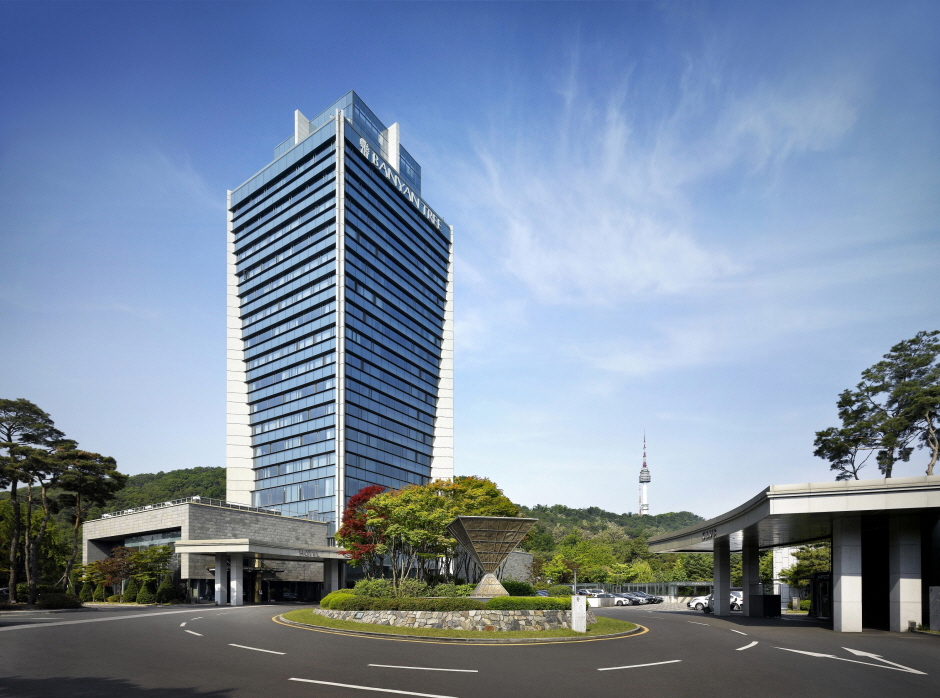
![CheongKwanJang - Eungam Branch [Tax Refund Shop] (정관장 응암)](http://tong.visitkorea.or.kr/cms/resource/52/2888952_image2_1.jpg)
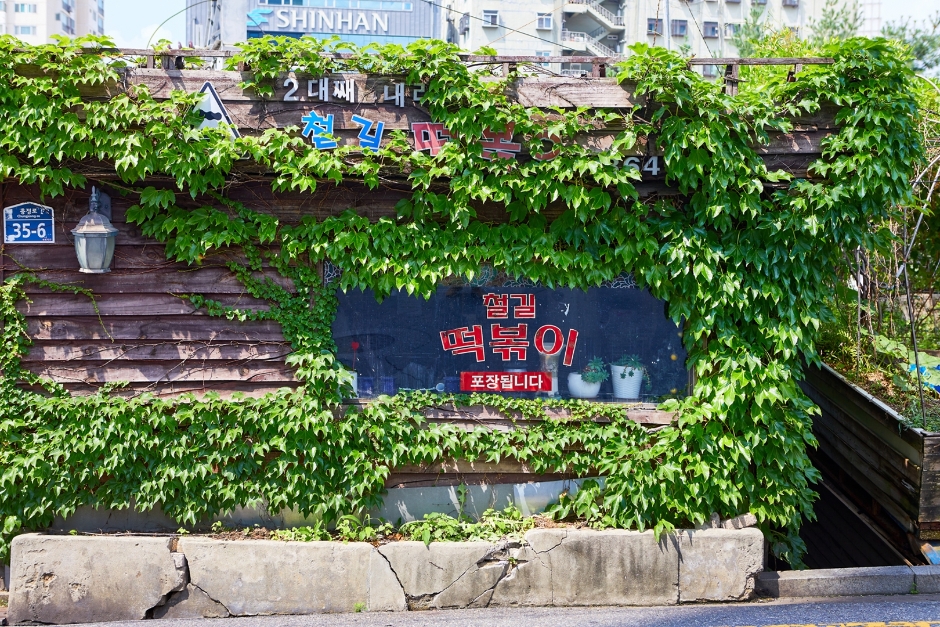
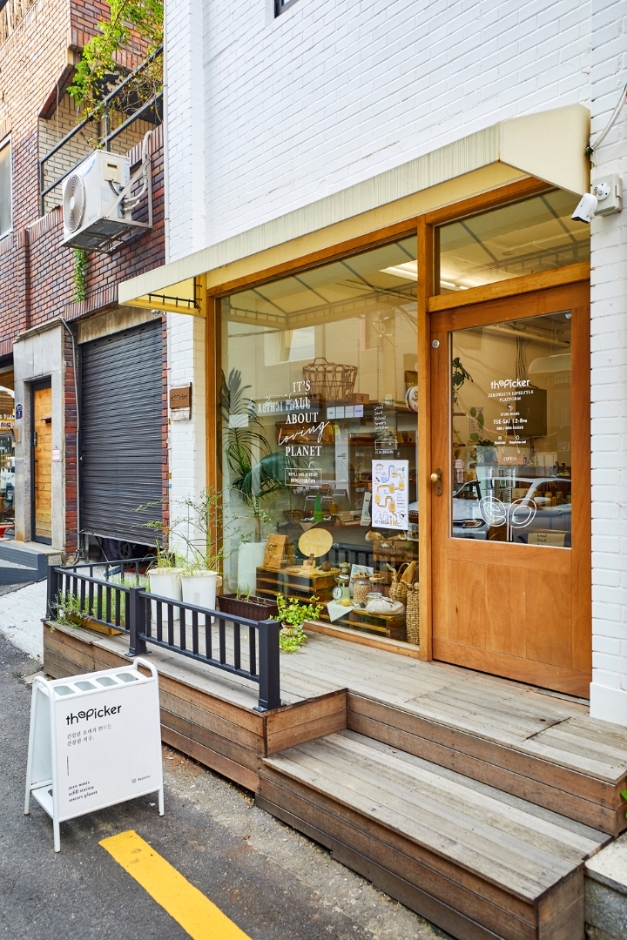

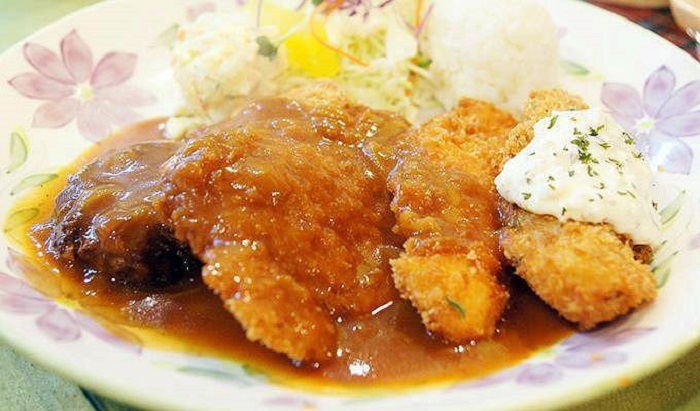
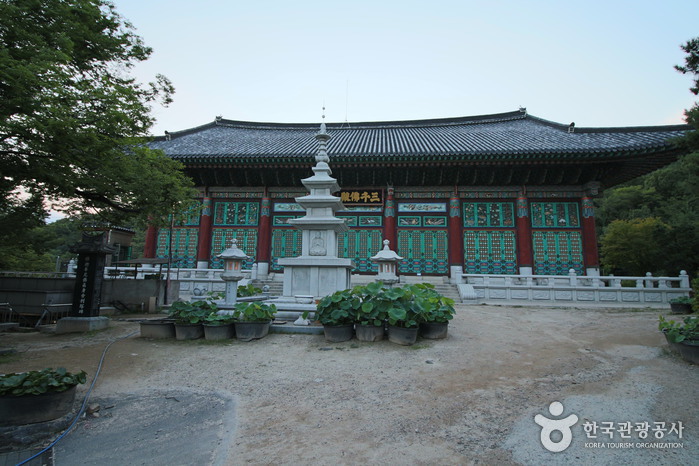
 English
English
 한국어
한국어 日本語
日本語 中文(简体)
中文(简体) Deutsch
Deutsch Français
Français Español
Español Русский
Русский